Introduction: Uncovering the Vast Realm of Ramayana Adaptations
For centuries, the captivating narrative and profound moral teachings of the timeless epic Ramayana have enthralled audiences. The heroic quest of Lord Rama to rescue his beloved wife, Sita, from the clutches of the demon king Ravana has sparked countless adaptations across different forms of media. In this comprehensive article, we embark on an exploration of the extensive array of Ramayana adaptations, delving into their origins, references, detailed summaries, and their connection to the main Ramayana.
1. Valmiki Ramayana: The Original Epic
At the core of all Ramayana adaptations lies the Valmiki Ramayana, the oldest and original version of the epic. Composed by the sage Valmiki, this ancient Sanskrit text serves as the fundamental source for all subsequent retellings. It vividly portrays the life and adventures of Lord Rama, depicting his virtuous qualities and his pursuit of righteousness.
2. Ramcharitmanas: Tulsidas’ Devotional Rendition
Among the most popular adaptations of the Ramayana is Ramcharitmanas, written by the poet-saint Tulsidas in the 16th century. Crafted in Awadhi, a dialect of Hindi, Ramcharitmanas places emphasis on the devotional aspects of the epic. It beautifully portrays Lord Rama’s divinity and his unwavering devotion to fulfilling his dharma (duty).
See Also: Ram Naam: The Infinite Power Within Every Particle of the Universe
3. Kamba Ramayana: The Tamil Magnum Opus
Emerging from Tamil literature, the Kamba Ramayana, penned by the poet Kamban, presents a remarkable retelling of the epic in Tamil verse. This adaptation enriches the narrative with local flavor and cultural nuances, endowing it with a cherished place in the hearts of Tamil-speaking regions. Kamba Ramayana beautifully captures the essence of the original while infusing it with the vibrant tapestry of Tamil culture.
4. Adhyatma Ramayana: The Spiritual Essence
Adhyatma Ramayana, also known as the “Spiritual Ramayana,” is a profound adaptation that delves into the spiritual teachings and metaphysical aspects of the epic. It explores the divine nature of Lord Rama and portrays his actions as symbolic representations of higher spiritual truths. Adhyatma Ramayana offers readers a deeper understanding of the spiritual dimensions concealed within the Ramayana.
5. Ranganatha Ramayanam: A Unique Perspective
Written by Gona Budda Reddy in the 13th century, the Ranganatha Ramayanam presents a distinctive perspective on the Ramayana. This Telugu adaptation highlights the emotional and psychological depths of the characters, providing readers with a nuanced portrayal of their thoughts and feelings. Ranganatha Ramayanam explores the complex human experiences and inner conflicts faced by the characters.
6. Uttar Ramayan: The Sequel to Valmiki Ramayana
Uttar Ramayan, also referred to as the “Ramayana of the Later Period,” is an important sequel to the Valmiki Ramayana. It covers the events that unfold after Lord Rama’s return to Ayodhya and focuses on the lives of his twin sons, Luv and Kush. Uttar Ramayan delves into the challenges faced by the next generation and sheds light on their roles in upholding dharma.
7. Ramayana Adaptations Outside India: Global Resonance
The epic tale of Ramayana has not only captivated audiences within India but has also made a profound impact on cultures and artistic traditions beyond its borders. Ramayana adaptations have found their way into diverse global contexts, showcasing the universal allure of this narrative.
a. Southeast Asian Ramayana: Influence and Adaptations
In Southeast Asia, Ramayana adaptations have thrived, becoming an integral part of the region’s cultural heritage. Countries such as Indonesia, Thailand, Cambodia, and Laos have developed their unique versions of the Ramayana, infused with local folklore and traditions.
Indonesia has been particularly influenced by the Ramayana, which has inspired the creation of Wayang shadow puppetry performances. These mesmerizing shows bring the epic to life through intricately crafted leather puppets. The Javanese version of the Ramayana, known as the Ramayana Ballet, enthralls audiences with its graceful movements and enchanting music, staged against the backdrop of ancient temples.
Thailand’s adaptation, known as the Ramakien, integrates elements of Thai folklore and mythology into the narrative. The Ramakien is vividly depicted through various art forms, including murals, sculptures, and traditional dance dramas.
Cambodia’s adaptation, the Reamker, is intricately portrayed in the bas-reliefs of the Angkor Wat temple complex. These exquisite carvings vividly narrate the story of the Ramayana, captivating visitors from around the world with their artistry.
b. Ramayana in Other Cultural Contexts
The influence of the Ramayana extends far beyond Southeast Asia. In Nepal, the birthplace of Lord Rama, the festival of Dashain celebrates the triumph of good over evil, drawing inspiration from the Ramayana.
In the Caribbean, particularly in countries with a significant Indo-Caribbean population, such as Trinidad and Guyana, the Ramayana has been preserved through oral traditions and theatrical performances during religious festivals.
Furthermore, Ramayana adaptations can be found in literary works, modern theater productions, and even contemporary art installations across the globe. These adaptations serve as a testament to the enduring legacy and universal resonance of the Ramayana.
8. Ramayana in Visual Media: Films and Television Series
The influence of Ramayana extends beyond literature and finds expression in visual media as well. Numerous films and television series have been created, bringing the epic to life on the silver screen. Notable adaptations include Ramanand Sagar’s “Ramayan,” which became a cultural phenomenon in India, and the animated film “Sita Sings the Blues” by Nina Paley, which offers a contemporary artistic interpretation.
9. Ramayana in Performing Arts: Dance and Theater
Ramayana has also enthralled audiences through the captivating medium of performing arts. Traditional dance forms such as Bharatanatyam, Odissi, and Kathakali have incorporated Ramayana episodes into their repertoire. Theater productions, both traditional and modern, have brought the epic to stages worldwide, showcasing the grandeur and dramatic intensity of the Ramayana narrative.
Conclusion: The Enduring Legacy of Ramayana Adaptations
As we conclude this journey through the expansive realm of Ramayana adaptations, we are reminded of the timeless allure and cultural significance of this epic tale. The adaptations discussed here represent only a fraction of the countless retellings that have emerged over the centuries. Each adaptation adds a distinct flavor to the story, offering diverse perspectives and emphasizing various facets of the Ramayana’s rich tapestry.
Through literature, visual media, and performing arts, the Ramayana continues to inspire and educate audiences of all ages. Its universal themes of love, duty, sacrifice, and the triumph of good over evil resonate deeply with people across cultures and generations. Whether you choose to immerse yourself in the original Valmiki Ramayana or explore the myriad adaptations, the world of Ramayana is certain to leave an indelible mark on your heart and mind.
References:
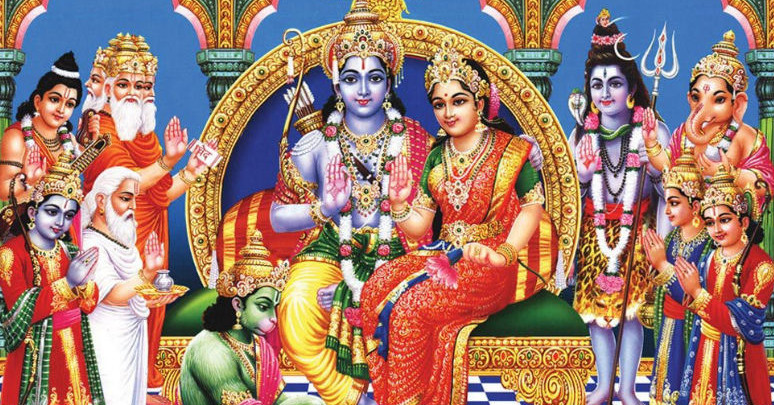
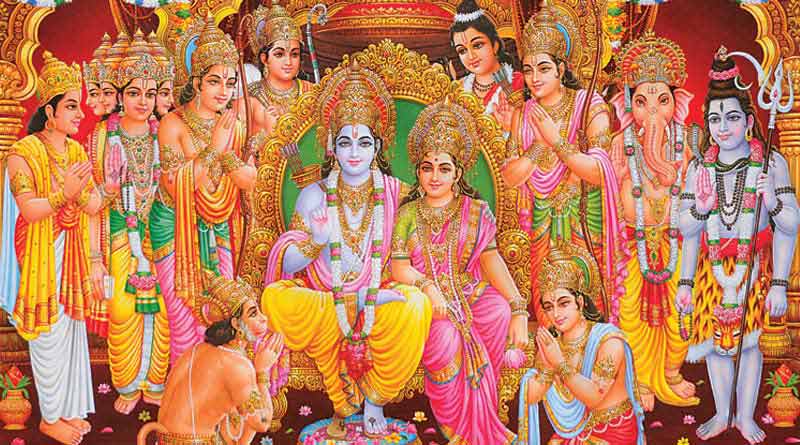
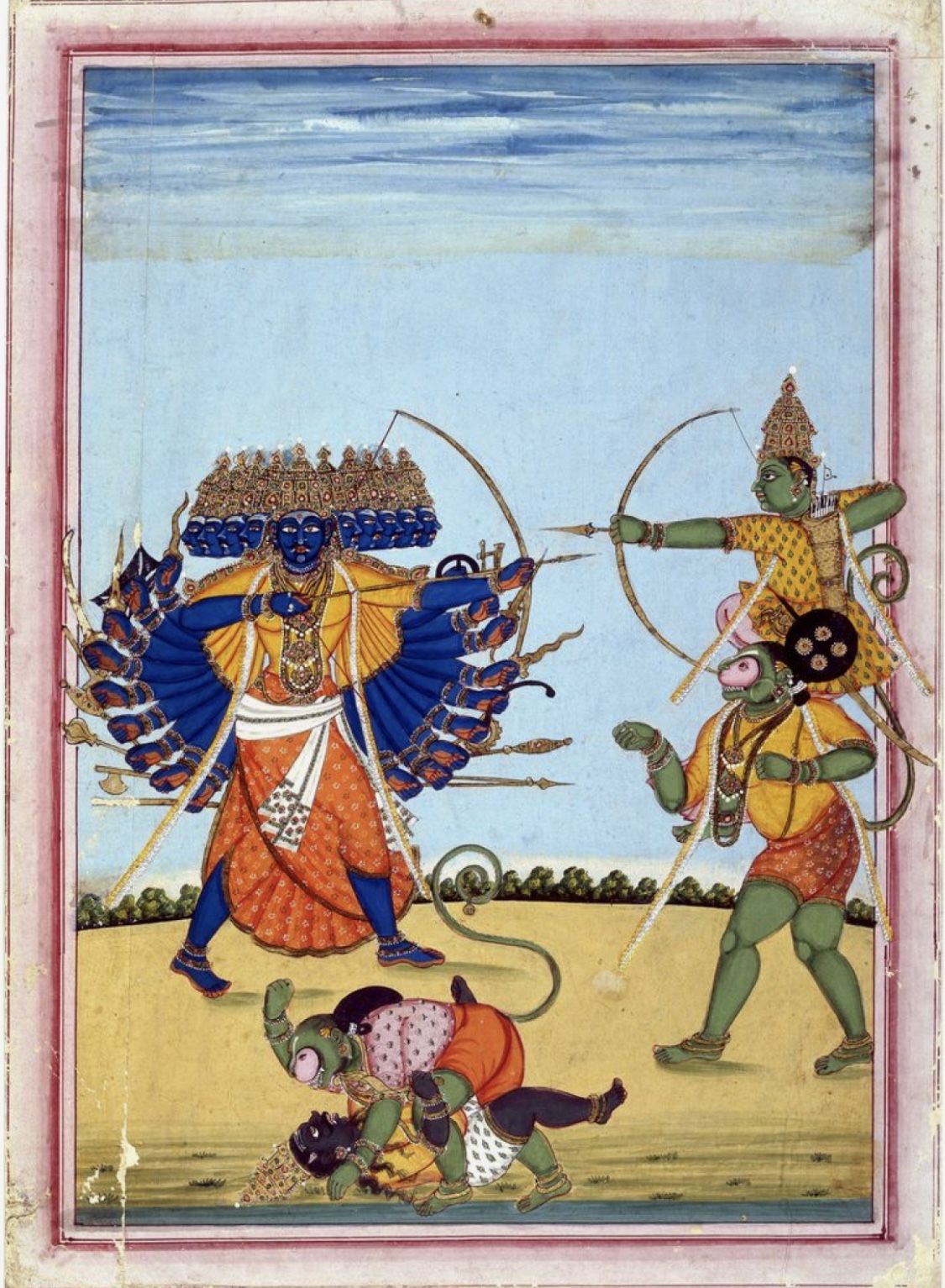

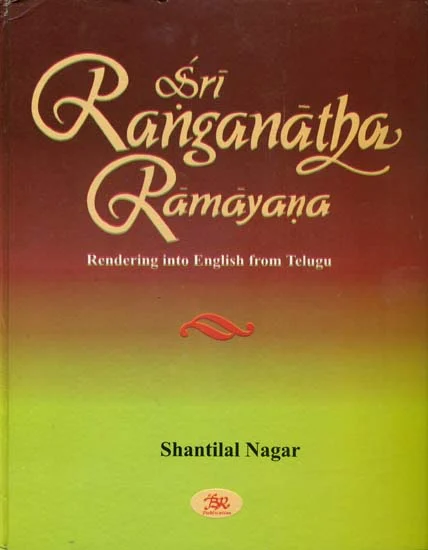
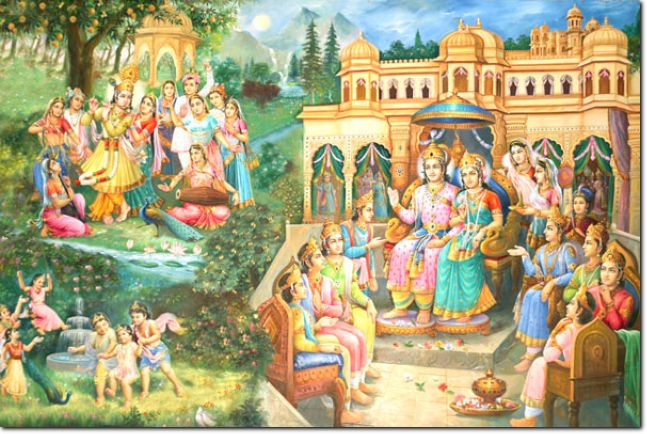

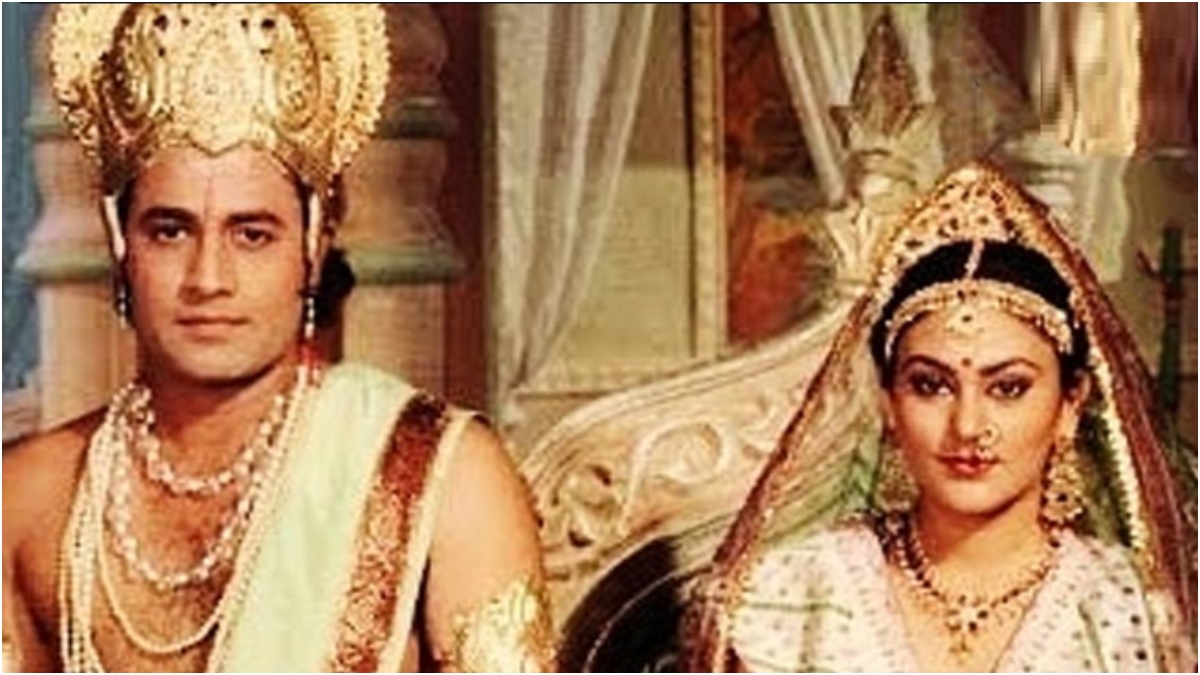
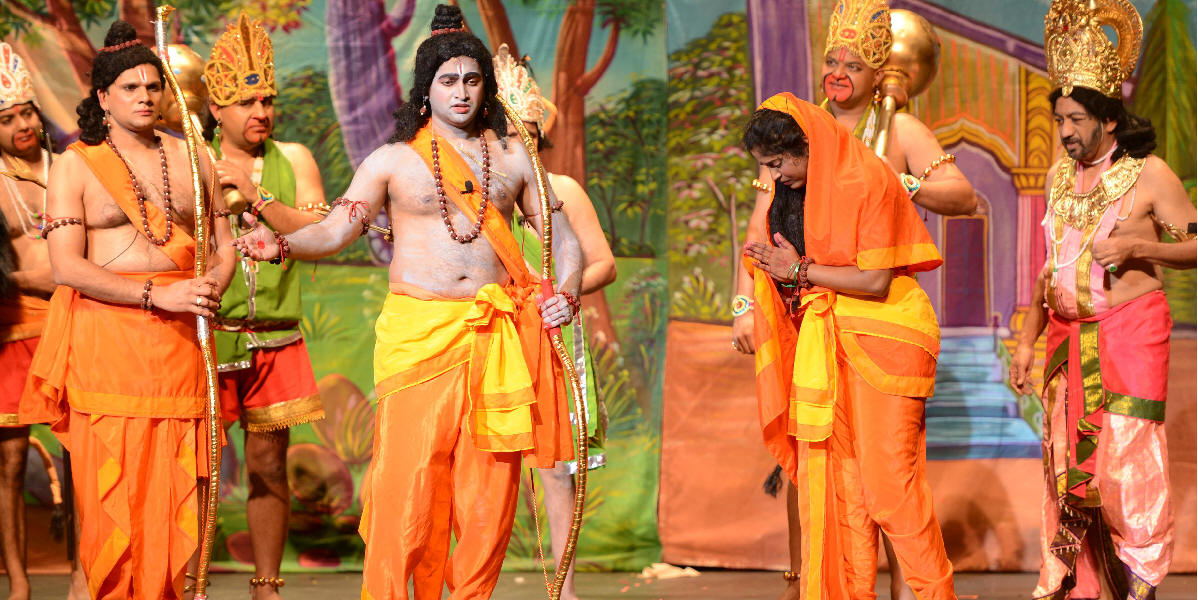
Pingback: How Many Versions Of Mahabharata Are There? » Your Own Secrets
Pingback: Ram Rajya – How Can It Be Established? » Your Own Secrets